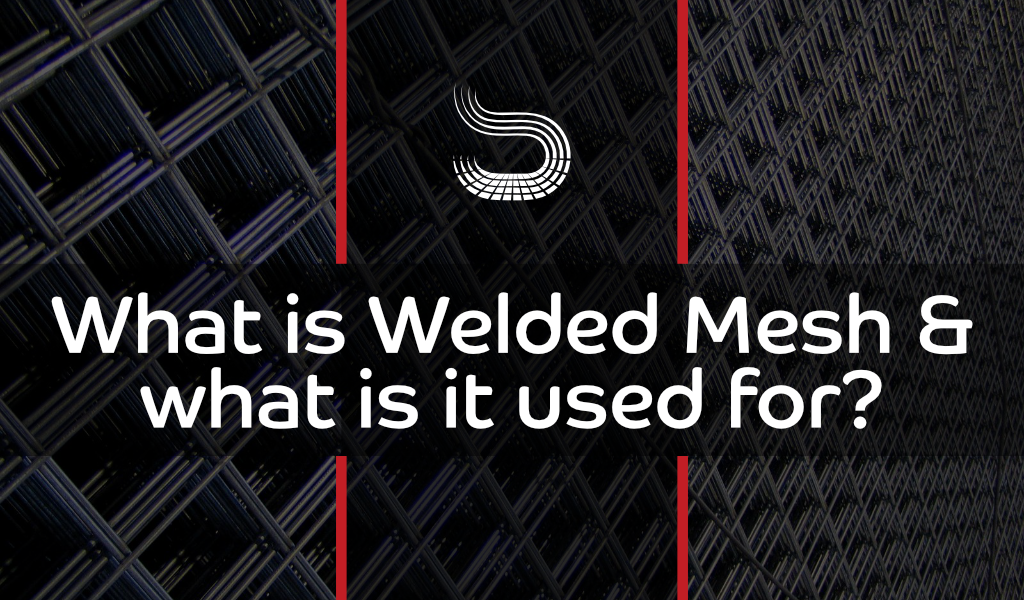Dec . 06, 2024 14:10 Back to list
Welded Wire Mesh Dimensions for Concrete Production Facilities and Applications
Welded Wire Mesh Sizes for Concrete Factories A Comprehensive Overview
Welded wire mesh has become an integral component in the construction industry, particularly in concrete production. Its versatility and strength make it particularly suitable for reinforcing concrete structures, ensuring that they can withstand the rigors of both environmental and structural loads. This article delves into the different sizes of welded wire mesh commonly used in concrete factories, their applications, and the benefits they offer to construction projects.
Understanding Welded Wire Mesh
Welded wire mesh is made from intersecting wires that are welded together at their points of intersection. This results in a grid-like structure that provides uniform strength and stability. The mesh is available in various sizes, which refers to both the gauge of the wire used and the spacing between the wires. Common wire gauges range from 6 to 12, with smaller numbers indicating thicker wires, while the spacing typically varies from 1 inch to 6 inches.
Common Sizes of Welded Wire Mesh
1. Wire Gauge The wire gauge greatly influences the strength and suitability of the mesh for specific applications. Thicker wires (lower gauge numbers) provide greater resistance to deformation and are usually recommended for heavy-duty applications. For instance, a 6-gauge mesh might be used for industrial floors or highway overpasses, whereas a 10-gauge mesh may suffice for light residential applications.
2. Mesh Width The most common widths for welded wire mesh rolls range from 4 feet to 6 feet. These dimensions allow for easy handling and application in various construction scenarios. It is crucial to select the appropriate width based on the size of the concrete slab or structure being reinforced.
3. Mesh Size (Spacing) The spacing between the wires in the mesh is equally important. Common spacing dimensions include 2-inch by 2-inch, 4-inch by 4-inch, and even tighter configurations such as 1-inch by 1-inch. The choice of mesh size is critical as it directly impacts the load distribution capabilities of the concrete. For instance, tighter spacing is often preferred in applications involving thin slabs or steeply loaded areas, as it helps prevent cracking.
Applications in Concrete Factories
Welded wire mesh is used extensively in concrete factories for a variety of applications
- Reinforced Concrete Slabs One of the primary uses of welded wire mesh in concrete factories is to reinforce slabs
. Whether in warehouse floors or pavements, the mesh provides the necessary tensile strength to prevent cracks.welded wire mesh sizes for concrete factories

- Precast Concrete Elements In the production of precast concrete components, such as beams and panels, welded wire mesh is often integrated into the mix to enhance structural integrity.
- Road and Bridge Construction For infrastructure projects, the use of thicker and more robust welded wire mesh ensures safety and longevity, standing up to the heavy loads of traffic over time.
Benefits of Using Welded Wire Mesh
The use of welded wire mesh offers several advantages
- Strength and Stability Welded wire mesh significantly improves the tensile strength of concrete, allowing it to bear greater loads than unreinforced concrete alone.
- Cost-Effectiveness While the initial investment may be relatively high, the long-term benefits, including reduced risk of cracking and failure, can lead to significant cost savings in maintenance and repairs.
- Ease of Installation The mesh is easy to handle and cut, allowing for efficient installation in various construction scenarios.
- Durability Welded wire mesh is resistant to rust and corrosion, particularly when coated with protective materials, ensuring longevity in various environments.
Conclusion
In conclusion, understanding the sizes and specifications of welded wire mesh is vital for anyone involved in concrete production or construction. Its ability to enhance structural integrity, coupled with its range of sizes, makes it an invaluable resource for concrete factories. When selecting the appropriate mesh, consideration should be given to the specific application and environmental conditions to maximize the benefits of this essential building material.
-
12mm Stainless Steel Wire Mesh for Industrial & Commercial Use Top Quality Factories & Manufacturers
NewsJun.24,2025
-
Black Annealed Wire Specification - High Quality & Custom Options from Leading Factories, Suppliers, Manufacturers
NewsJun.10,2025
-
High-Quality 18 Gauge Black Steel Wire Reliable Factories & Suppliers
NewsJun.10,2025
-
Chain Link Fence Gates - Durable & Secure Access Solutions
NewsJun.10,2025
-
Premium Cold Rolled Steel Bar Supplier High Strength & Precision
NewsJun.10,2025
-
Galvanized Wire Brick Force Mesh - Corrosion Resistant
NewsJun.09,2025

